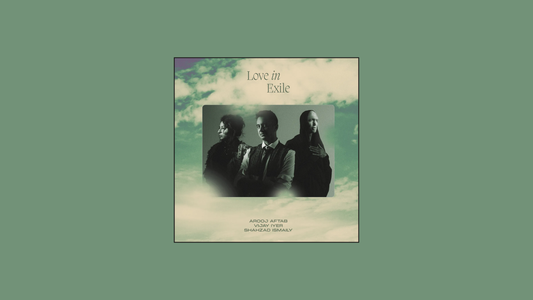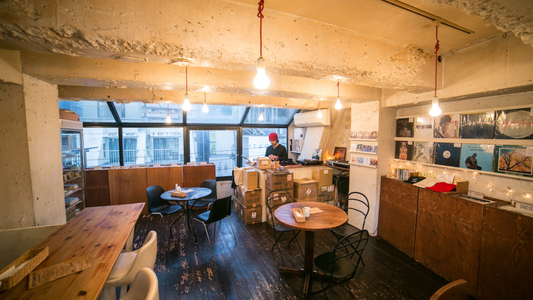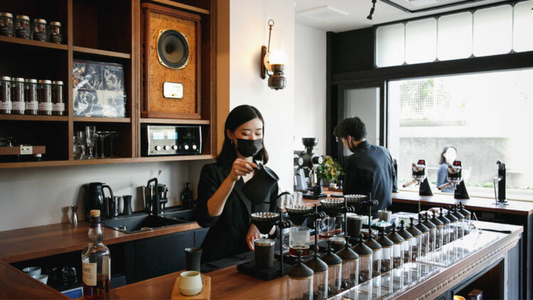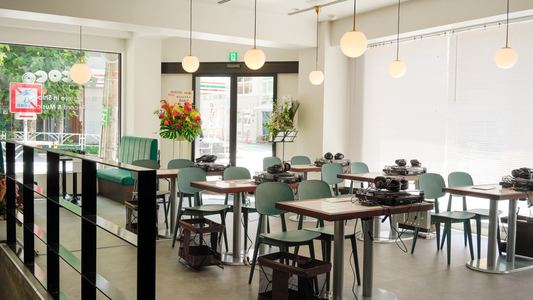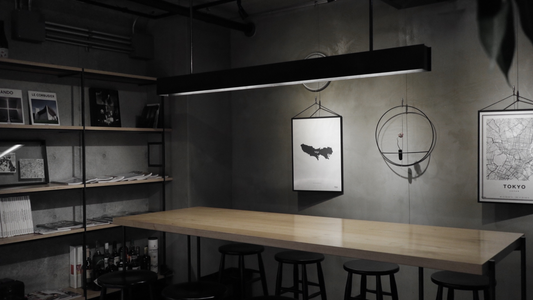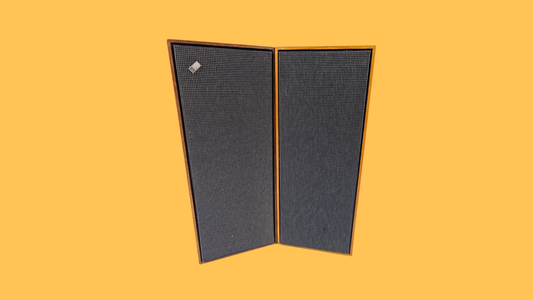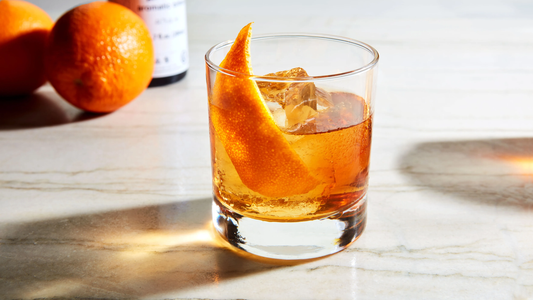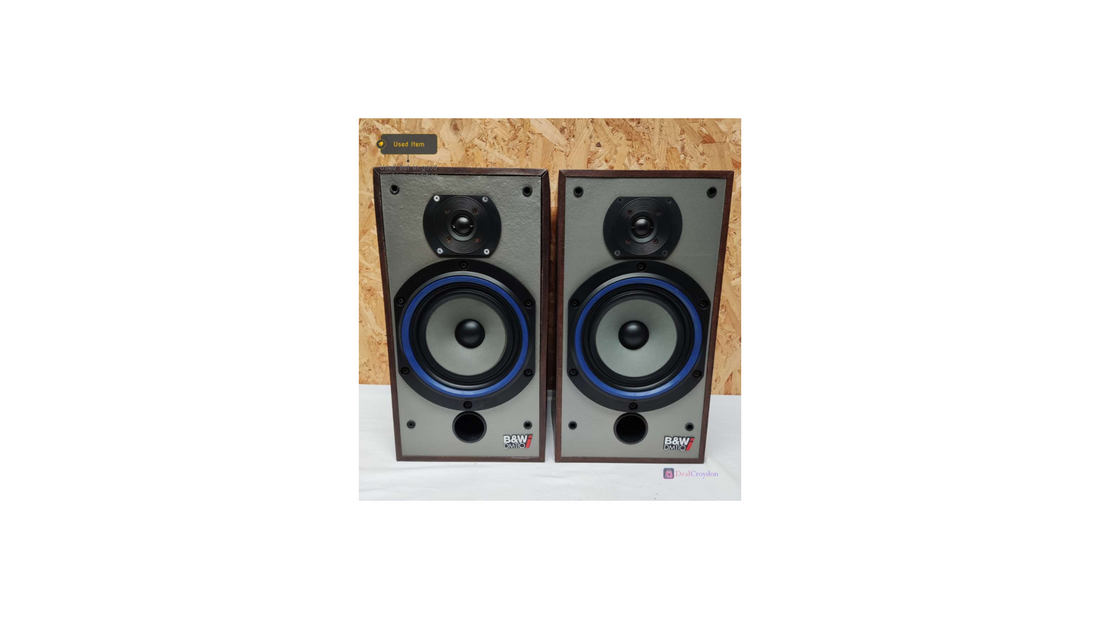
Bowers & Wilkins — From Abbey Road to the Bar Counter
By Rafi Mercer
Some speakers carry with them a seal of authority, earned not in homes but in studios. Bowers & Wilkins is one of those names. Founded in Worthing, England, in 1966 by John Bowers, the company rose from a modest hi-fi shop to become a global reference in sound. Its speakers, especially the 800 Series, have been fixtures at Abbey Road, Deutsche Grammophon, and countless studios. To hear music through B&W is to hear it as it was mixed — and when transplanted into listening bars, that studio pedigree takes on new life, turning public rooms into private mastering suites.
The lineage begins with the DM series of the 1970s, which set B&W apart with their use of advanced materials and a neutral voicing that prioritised accuracy over warmth. But it was the 801, introduced in 1979, that became iconic. A three-way monitor with a separate midrange head unit, it quickly became a standard at Abbey Road Studios, where it was used to master everything from classical to rock. Engineers valued its honesty: unforgiving, but revealing.
That honesty is what makes B&W so compelling in listening bars. While a Tannoy flatters and a JBL energises, a B&W 802 or 803 delivers clarity. Records are presented as they were cut, warts and all. I recall an evening in a Berlin venue where a pair of B&W 802s stood discreetly in the corners. The record was Kind of Blue. The bass walked with taut precision, the trumpet had bite without exaggeration, the cymbals shimmered like fine glass. Patrons leaned in, as if listening not just to music but to a master tape.
Visually, B&Ws carry a modernist elegance. The separate driver pods, the curved cabinets, the sense of sculptural engineering — these are not vintage curiosities but statements of design. In a bar, they stand somewhere between furniture and sculpture, discreet yet undeniably present. They signal to patrons that this is a room built for fidelity, not nostalgia.
Compared with KEF’s neutrality or JBL’s muscularity, B&W sits in a middle ground: authoritative but not brash, detailed but not clinical. They have a kind of studio poise that suits bars aiming for sophistication. The sound doesn’t overwhelm; it insists. It is hi-fi as truth rather than theatre.
What fascinates me is how a speaker designed for mastering has migrated into bars built for mood. In that migration, the 800 Series has become less a tool and more an atmosphere — not just revealing what’s on the record, but shaping how people listen together. The studio becomes social.
Today, Bowers & Wilkins continues to evolve, its speakers found in luxury homes, studios, and indeed listening bars across the world. Yet the essence remains: clarity as credibility. When you see a pair of B&Ws behind the bar, you know the proprietor is making a promise — that what you hear tonight will be honest, direct, and unvarnished.
In the end, B&W represents the fusion of studio and salon, of professional reference and public ritual. From Abbey Road to the bar counter, it reminds us that listening, at its best, is about truth shared in space.
Rafi Mercer writes about the spaces where music matters. For more stories from Tracks & Tales, subscribe, or click here to read more.
